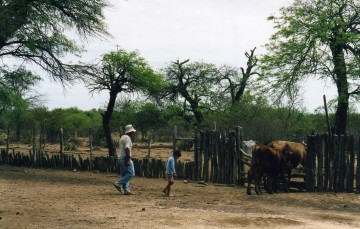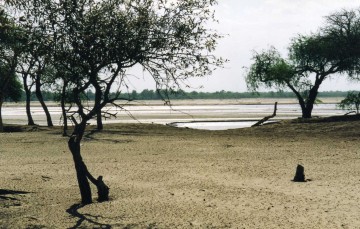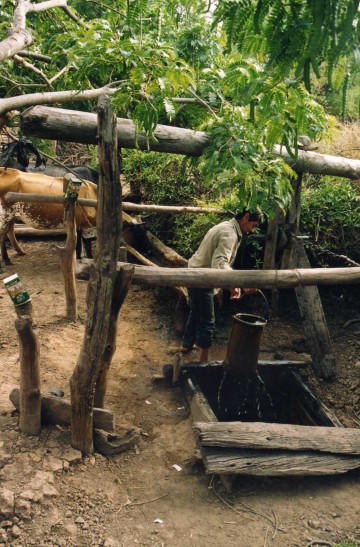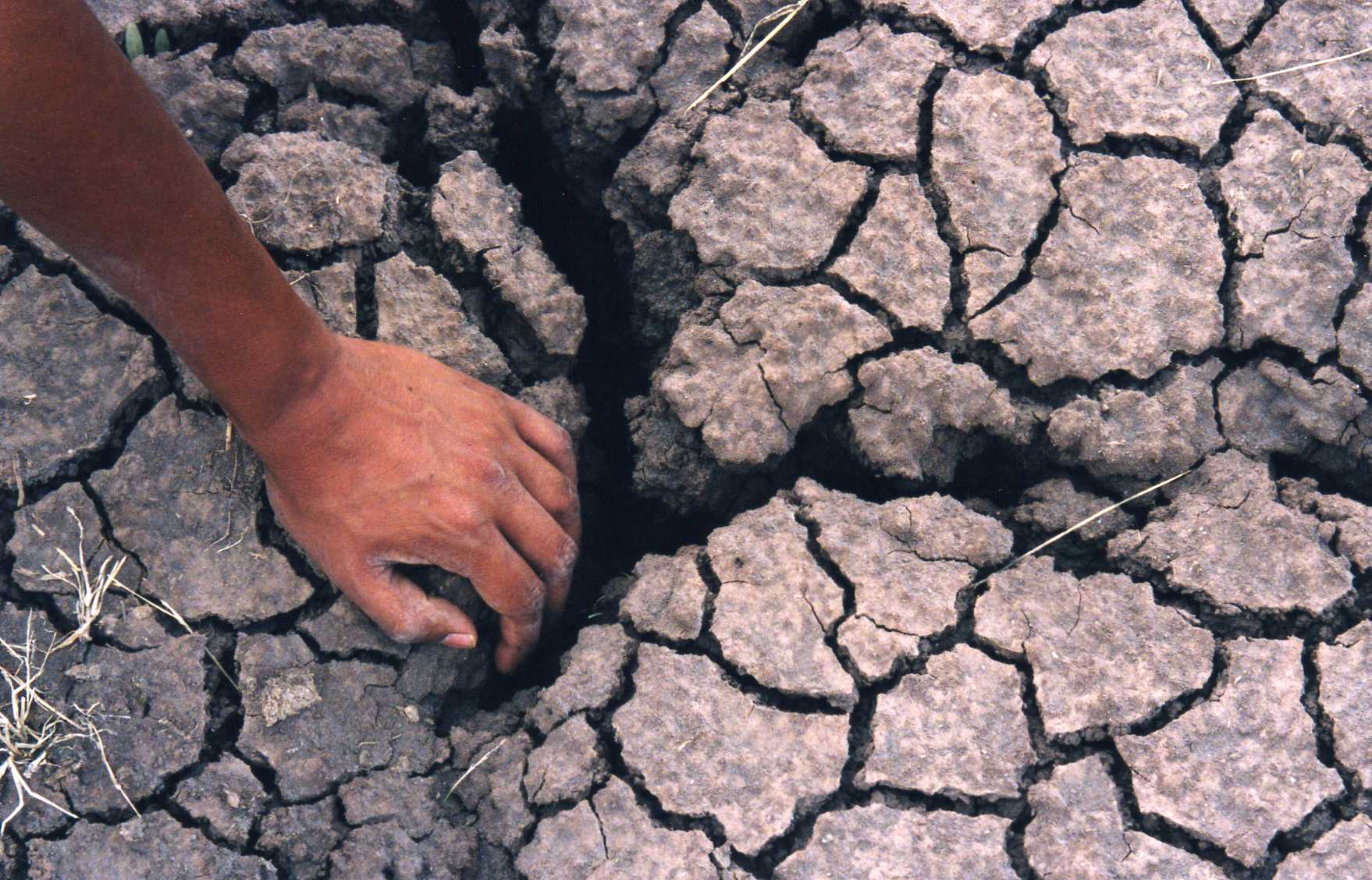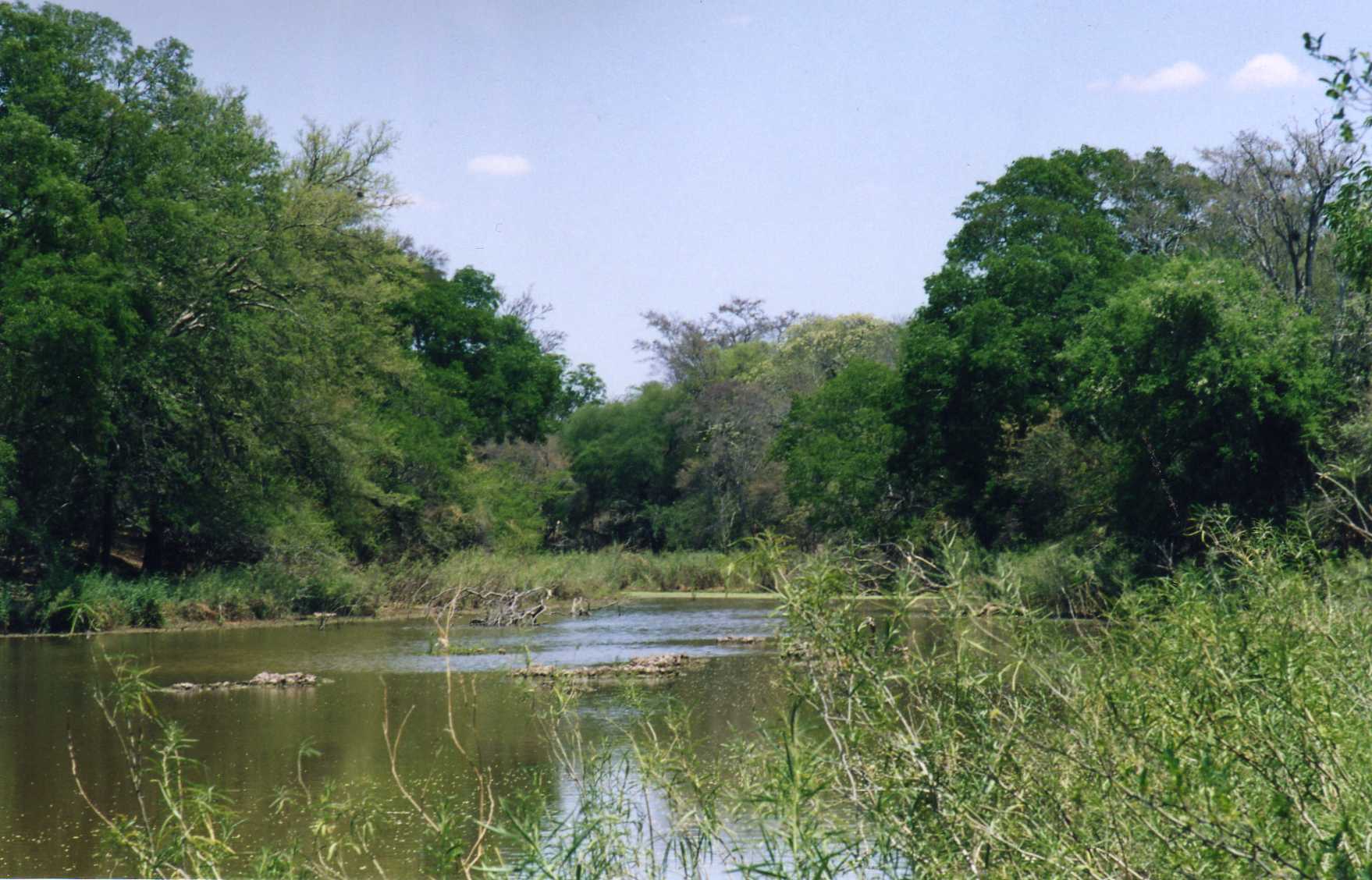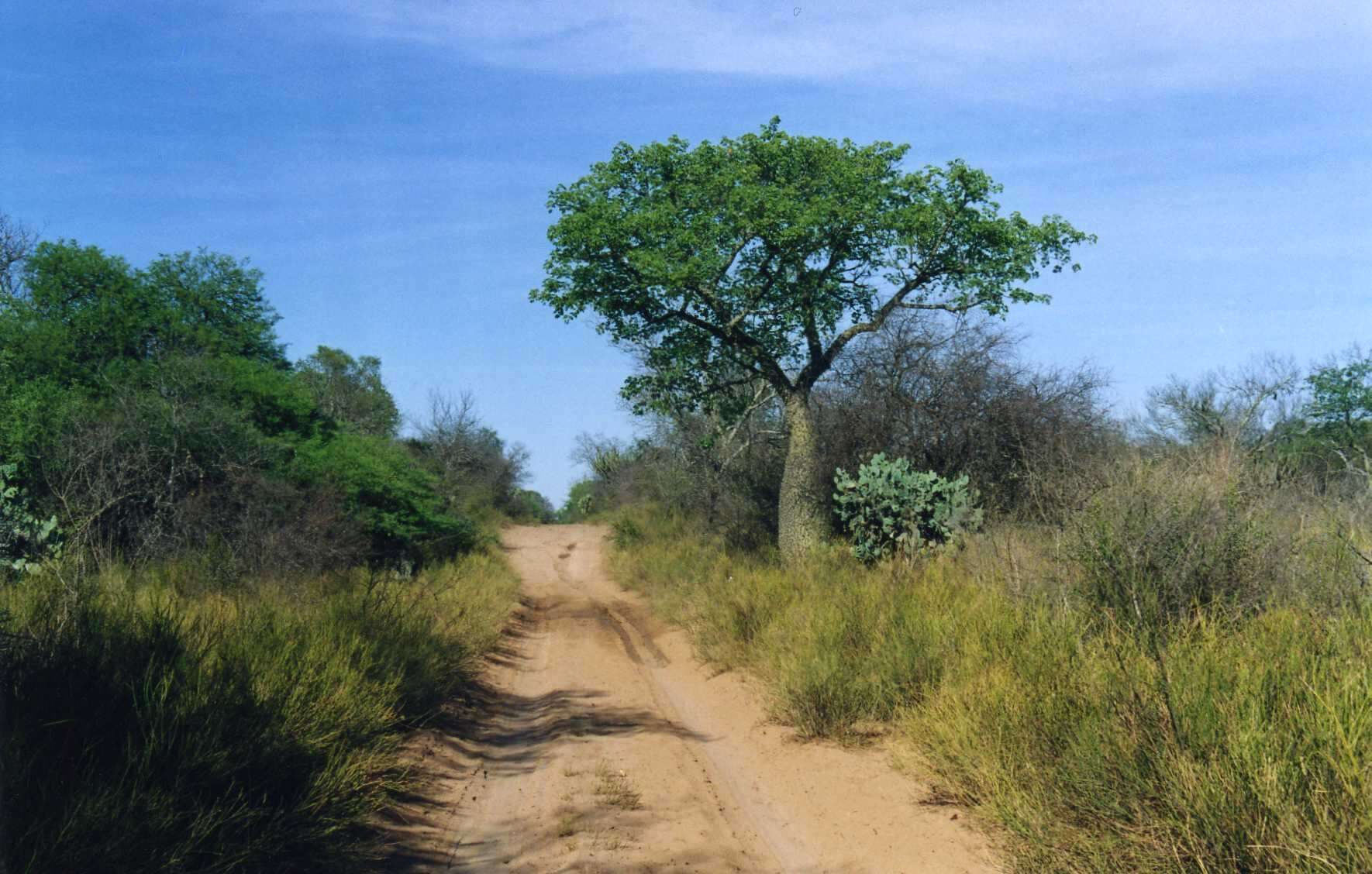The SouthAmerican Great Chaco spreads over an area of around 1,000,000 km2. 50% of this land is located within Argentina, 15% in Bolivia and the remaining 35% in Paraguay.
El Chaco Argentino
The Argentine Chaco covers 600,000 km2, 22% of the country’s continental surface, and it involves ten provinces either partially or totally.
El Chaco Paraguayo
The Paraguayan Chaco and its 246,925 km2 represent 60% of the national territory and it comprises three departments politically and administratively.
El Chaco Boliviano
In Bolivia, the Chaco ecosystem covers an area of 127,755 km2, 11.6% of its national territory. It is divided politically and administratively into three departments: Chuquisaca, Santa Cruz and Tarija. It also comprises five provinces and 16 municipalities.
We can classify this great ecosystem in three sub-areas: Sub-humid Chaco, rainfall between 1200 and 700 mm; Semi-arid Chaco, 700 to 500 mm, and Arid Chaco, with 500 to 300 mm. Therefore, the rainfall regime becomes the main factor to define regions and production activities.
The American Chaco is the habitat for many diverse peoples and a biological region with great diversity; after the Amazon, it is the biggest forest area left standing in South America. In spite of the arid nature of most of its territory, there are more edible plants per hectare in the Chaco than in the Amazon rain forest.
But beyond the biophysical characteristics of the Chaco region there is an essential reality underlying: its social and cultural diversity and complexity.
Around four million people live in the Gran Chaco region; nearly 8% of this population is indigenuous, and it is distributed as follows: (i) in the Paraguayan Chaco 40,000 indigenous people, belonging to 13 different ethnic groups; (ii)in the Bolivian Chaco live roughly 75,000 indigenous people from five ethnic groups; (iii) and the Argentine Chaco, around 200,000 indigenous people from nine ethnic groups.
Apart from a very rich variety of indigenous cultures, around 30, according to some research carried out, the Great Chaco has historically gathered communities coming from Europe or other parts of the American continent, as a product of migratory movements with diverse causes.
The Chaco region’s production potential is high although the economic development has been traditionally associated to the extensive use of natural resources, creating serious damage to the environment, especially serious in the Semi-arid Chaco, where the desertification processes have deepened intensively, damage directely linked to high poverty levels in the population.
The Chaco, along with the Amazon, are two regions where the growth of agriculture and livestock activities have led to deforestation, to changes in soil use for the production of commodities and biofuel, to extensive oil exploitation and to great competition for of the use and access to water.












